Some 300 million people around the world participated in Nowruz, the Persian New Year celebration, which was inscribed on the Representative List of the Intangible Cultural Heritage of Humanity in 2016.
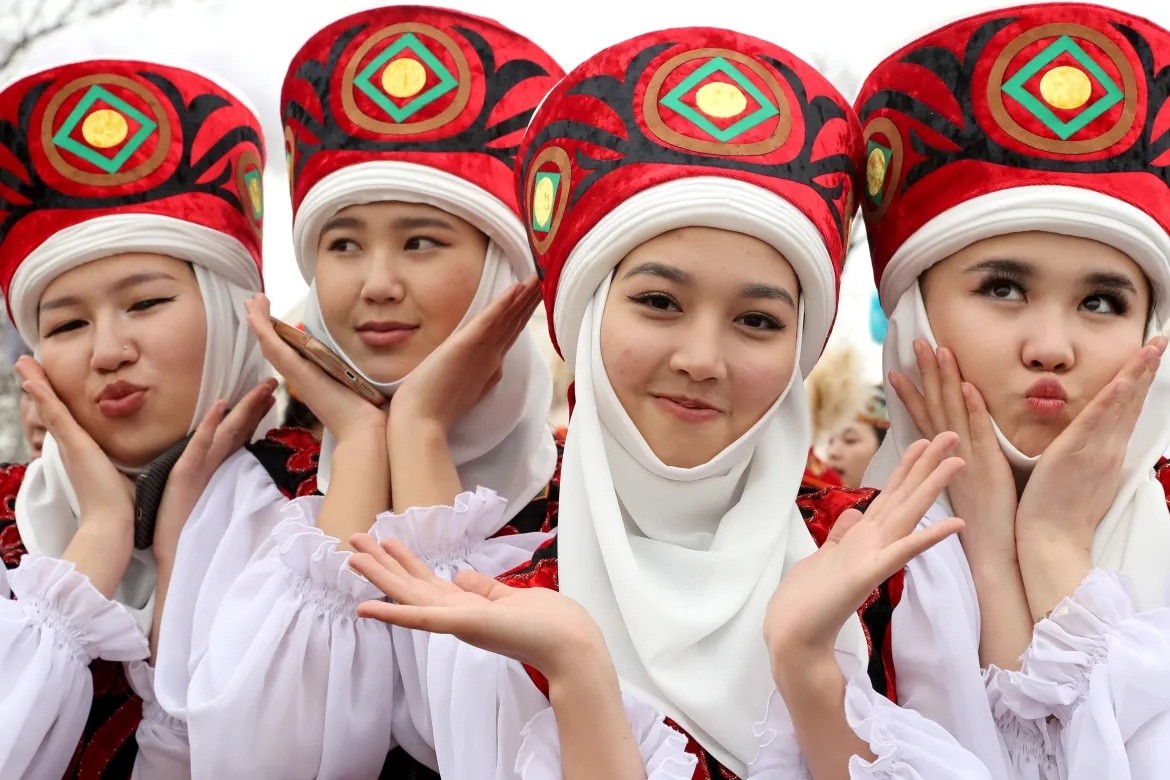 |
Recently, people in countries with Persian cultural influence such as Afghanistan, Azerbaijan, Iran, Kyrgyzstan, Kazakhstan, Pakistan, Turkey, Tajikistan, Turkmenistan and Uzbekistan... have celebrated Nowruz. In the photo: Kyrgyz women pose in traditional costumes during the Nowruz festival in Bishkek, Kyrgyzstan. (Source: EPA) |
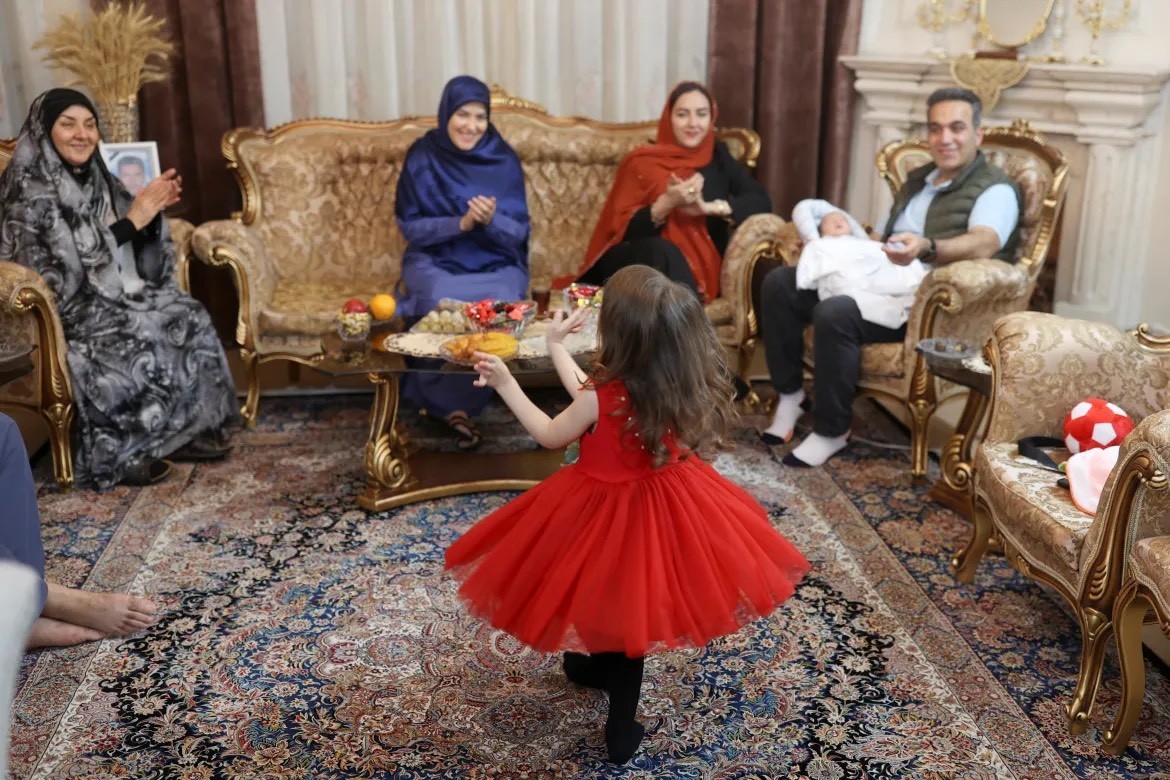 |
Nowruz, the Persian New Year, is one of the oldest festivals in the world, having existed for more than three thousand years. In this photo: An Iranian family attends a Nowruz party in Tehran, Iran. (Source: Reuters) |
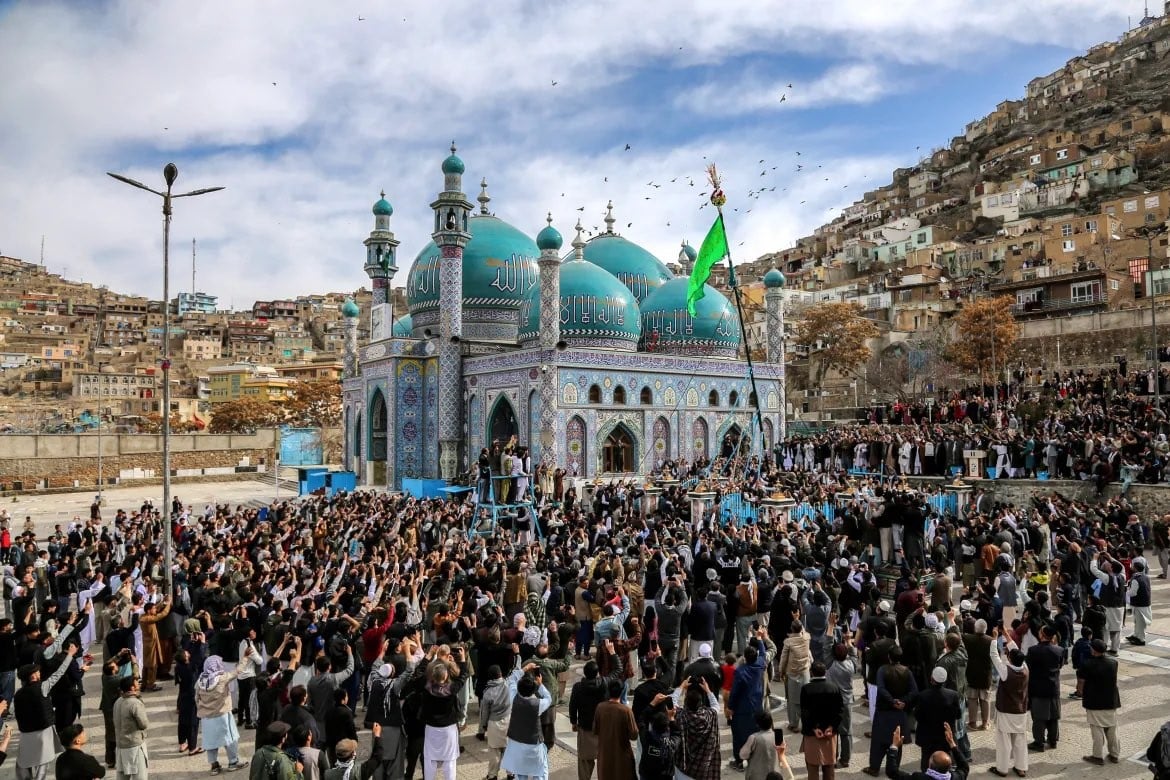 |
| Nowruz means “new day” in Persian, so it is a celebration marking the end of an old year and the beginning of a new one and is celebrated on the astronomical vernal equinox, which usually falls on March 21. In this photo: Afghans gather around the Saint Sakhi Saib shrine in Kabul to celebrate. (Source: EPA) |
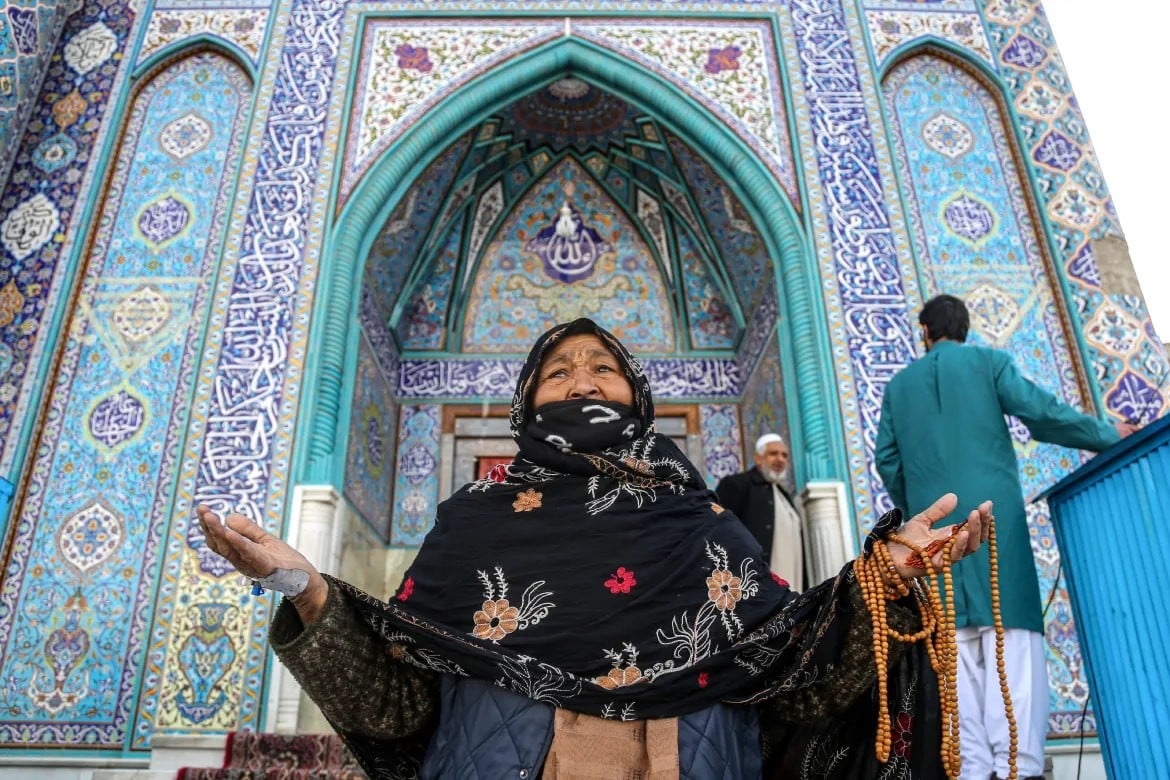 |
The 13-day celebration is a chance to reflect on the past and make plans for the future. The festival has its roots in Zoroastrianism, a religion practiced in ancient Persia that predates Christianity and Islam. Pictured: An Afghan woman visits the shrine of Saint Sakhi Saib to celebrate Nowruz, in Kabul, Afghanistan. (Source: EPA) |
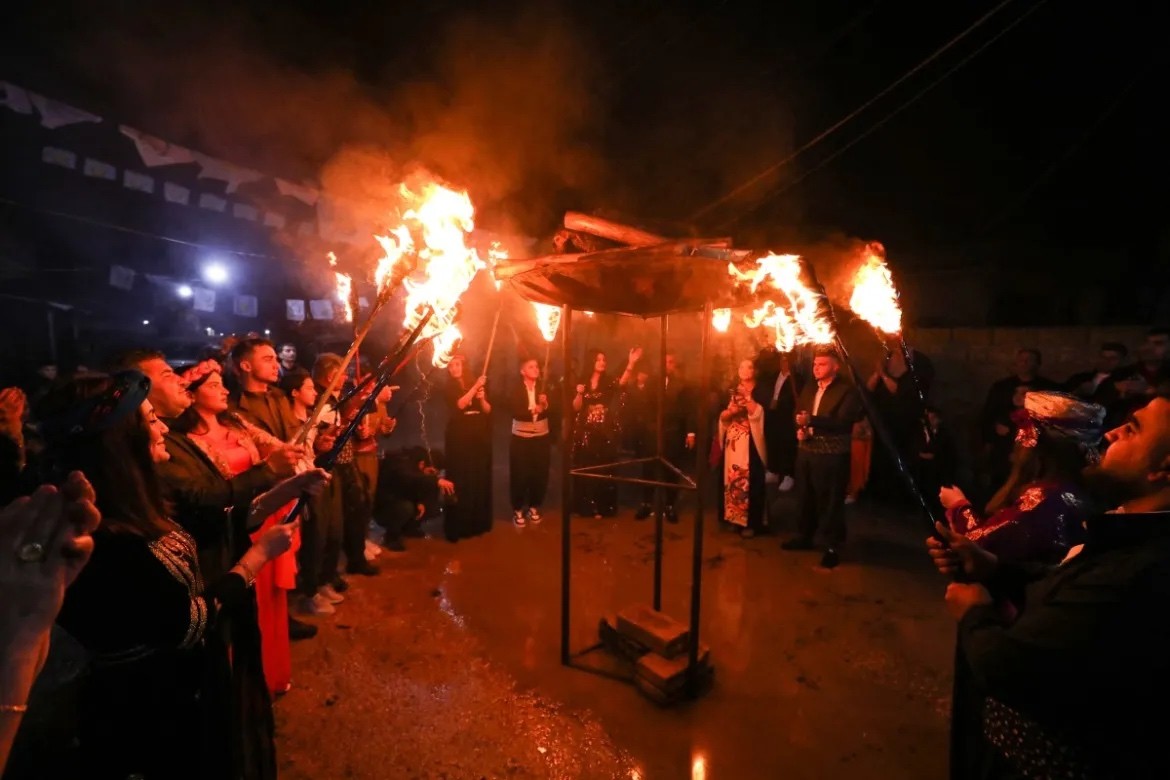 |
On Nowruz, people often pray for a good start to a new year filled with luck and prosperity. In this photo: Syrian Kurds light a fire during Nowruz in the city of Qamishli, Hasakah province in northeastern Syria. (Source: AFP) |
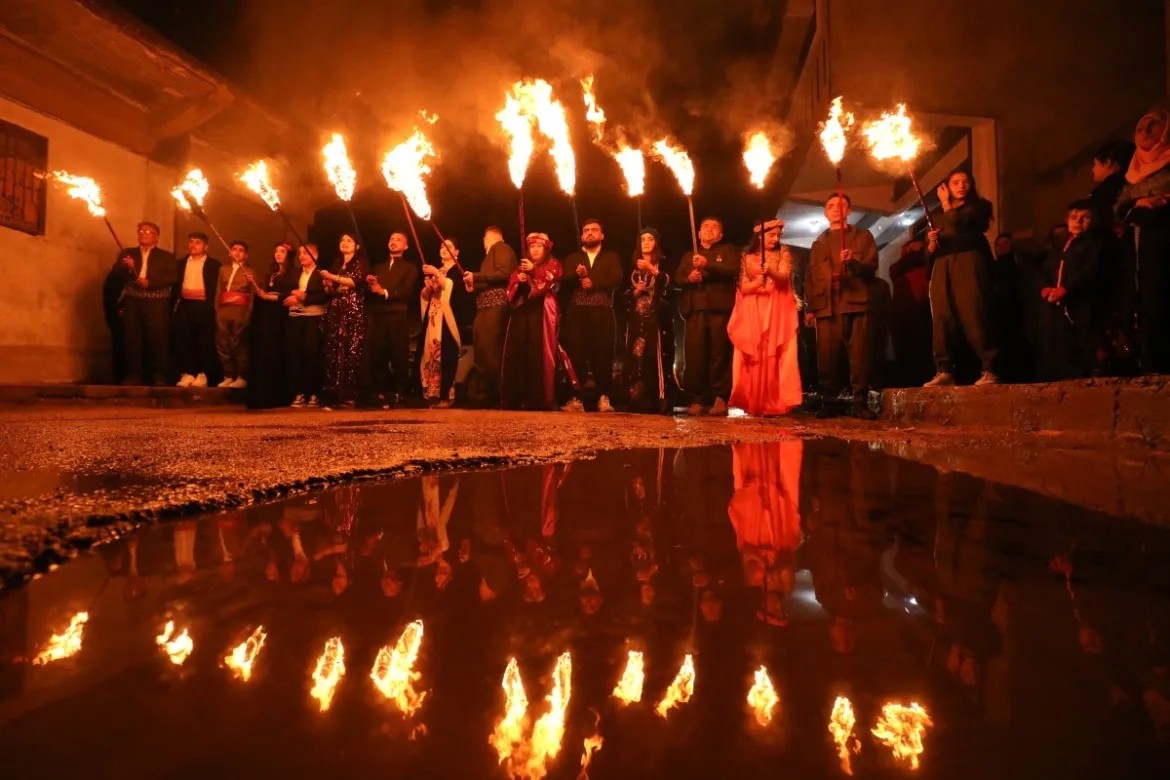 |
Over time, the Persian New Year has become an integral part of the traditional culture of many Muslim peoples. In some countries, the Persian New Year is recognized as a national festival. During this time, all towns and villages across ancient Persia hold New Year's Eve ceremonies, along with festive activities... (Source: AFP) |
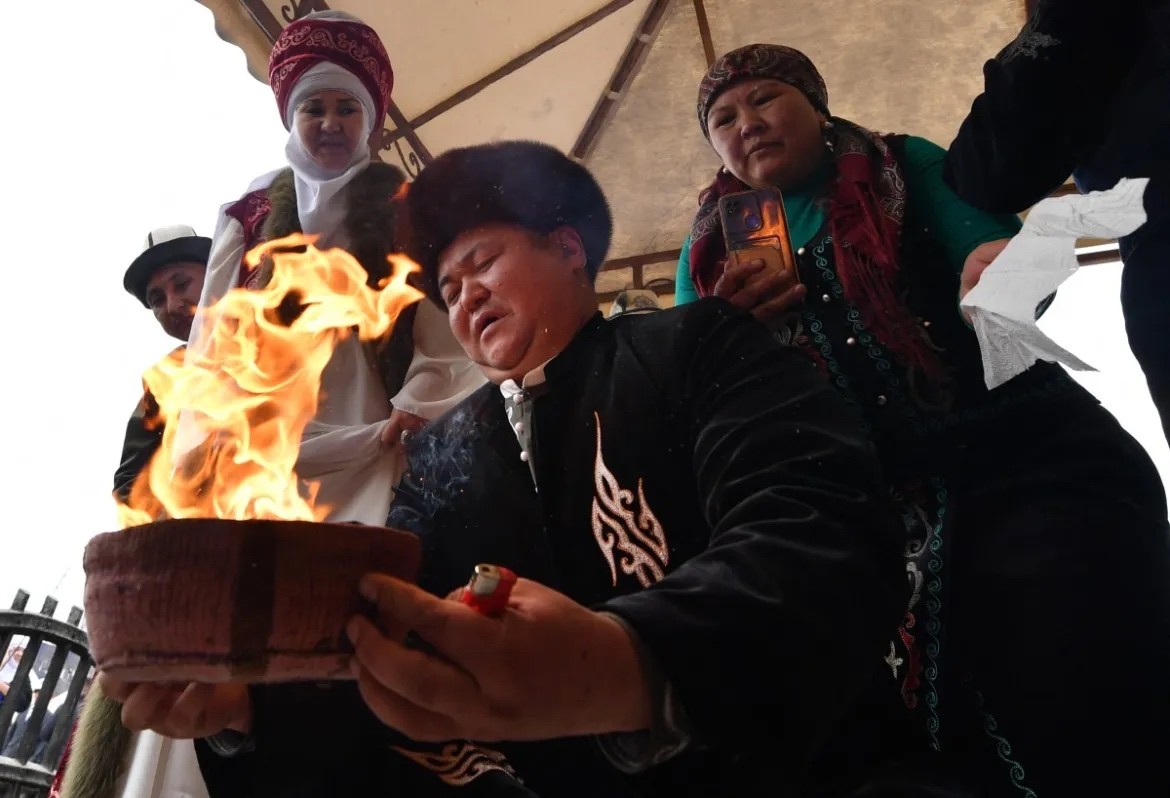 |
In 2009, UNESCO recognized Nowruz as an Intangible Cultural Heritage of Humanity. UNESCO recognized that Nowruz promotes the values of peace and solidarity between generations and within families, as well as reconciliation and neighborliness. The United Nations General Assembly in 2010 declared March 21 as International Nowruz Day. In this photo: People participate in Nowruz celebrations in Bishkek, Kyrgyzstan. (Source: AFP) |
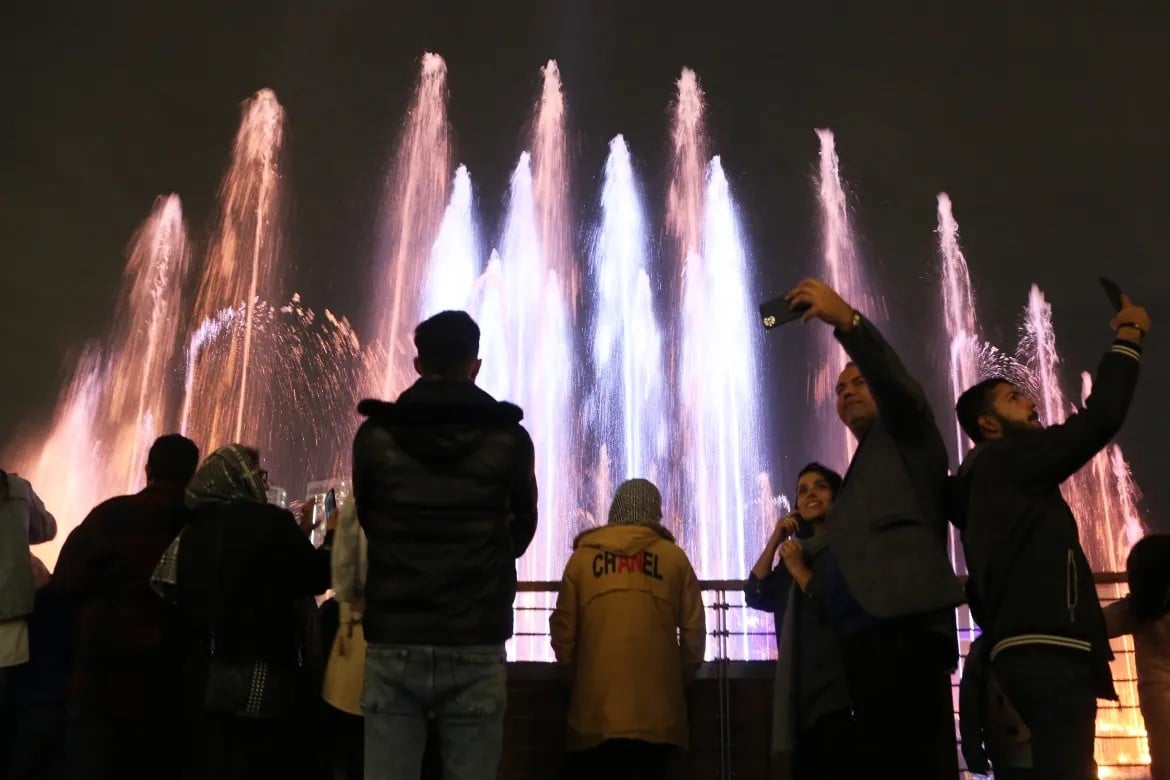 |
A water and light show during Nowruz celebrations at the Iran Trade Center in Tehran. [Fatemeh Bahrami/Anadolu via Getty Images] |
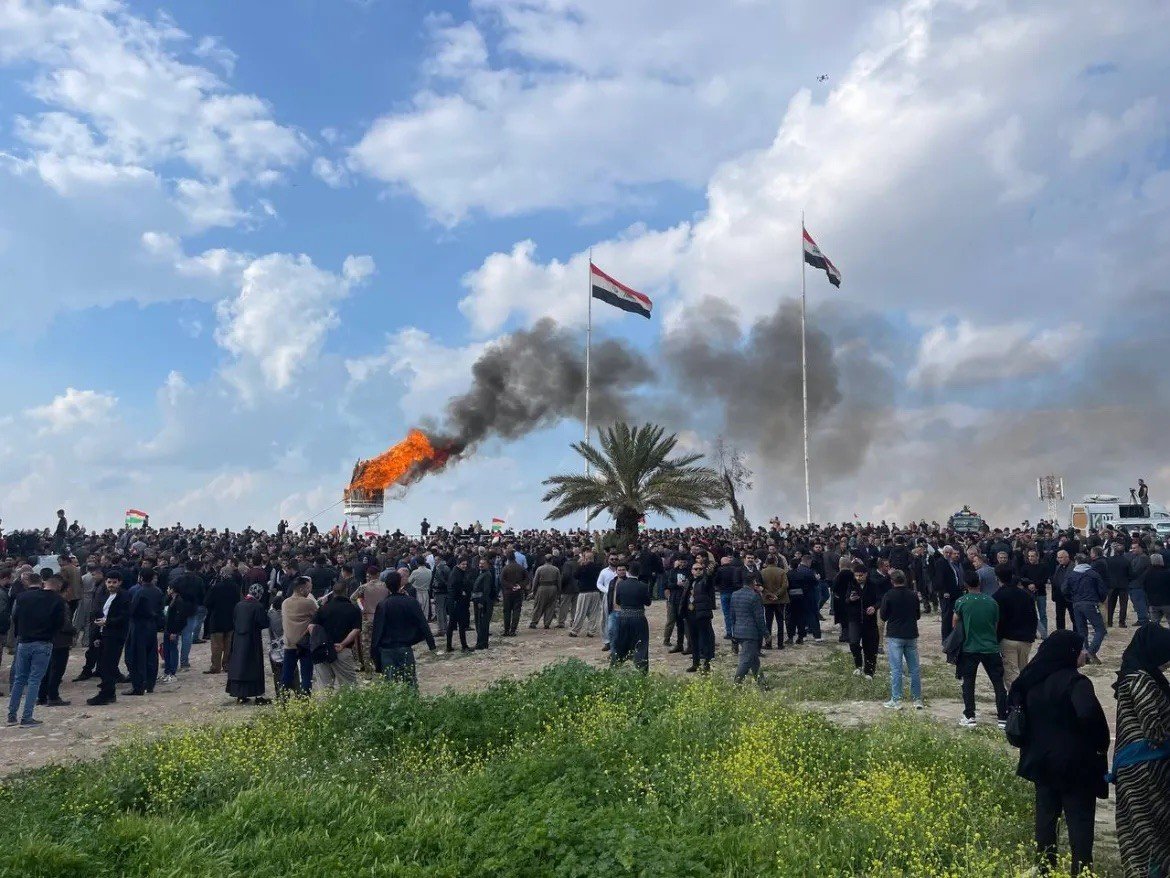 |
| Celebrations of Nowruz vary from country to country, but there are some common traditions. These include symbolic preparations with fire, water, and ritual dances that sometimes involve jumping over flames. The flames symbolize the cleansing of bad experiences from the previous year. Pictured: People gather around a fire in Kirkuk, Iraq. (Source: Getty Images) |
 |
The series of Nowruz festivities ends on the 13th day of the first month of the Persian new year. On this day, people end their festive activities, and from the 14th day onwards, people return to their daily activities. Pictured: A fire is lit during Nowruz celebrations in Kirkuk, Iraq. (Source: Getty Images) |
(according to Al Jazeera)
Source




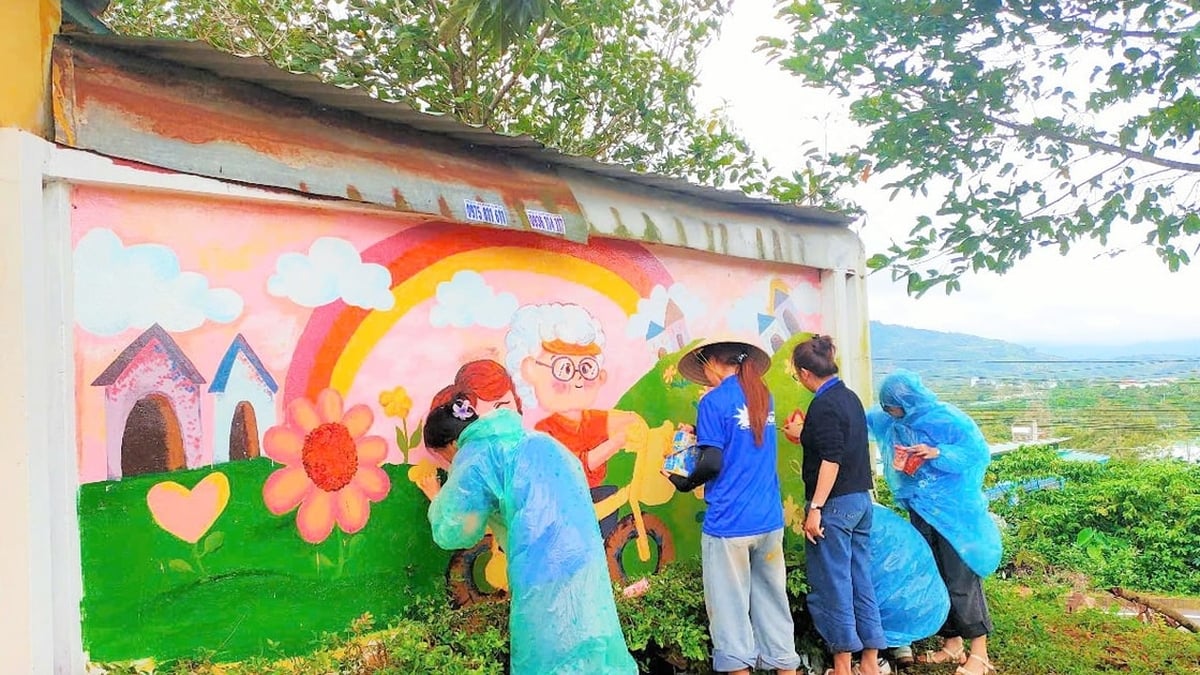


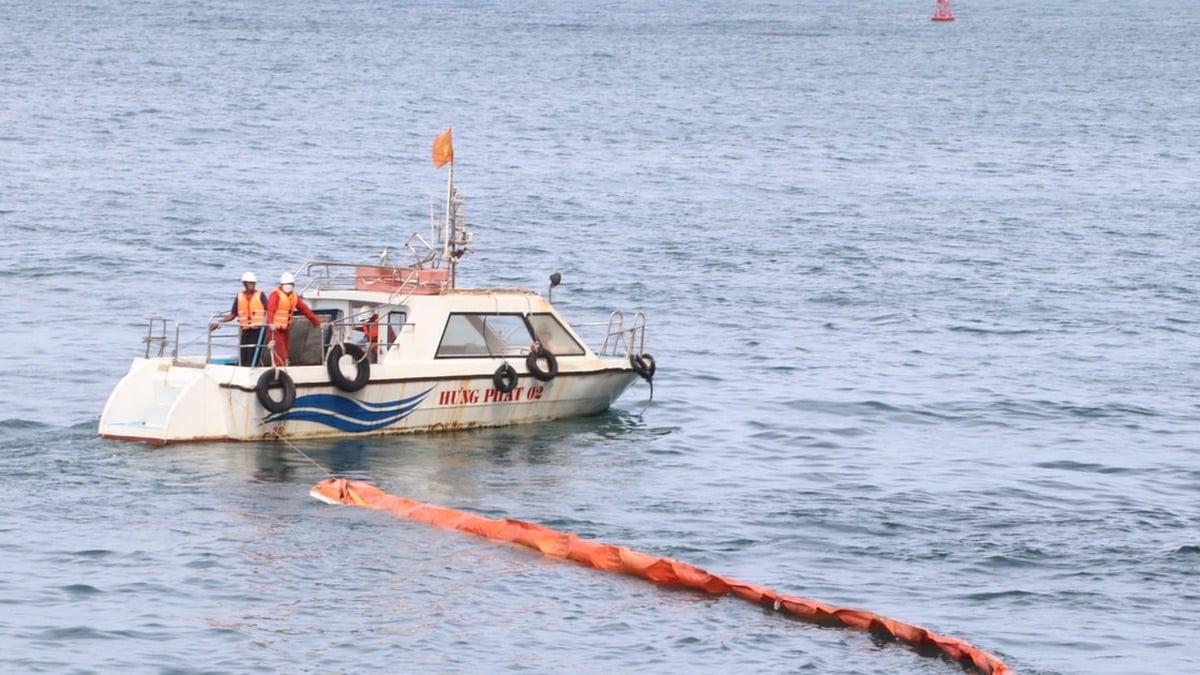
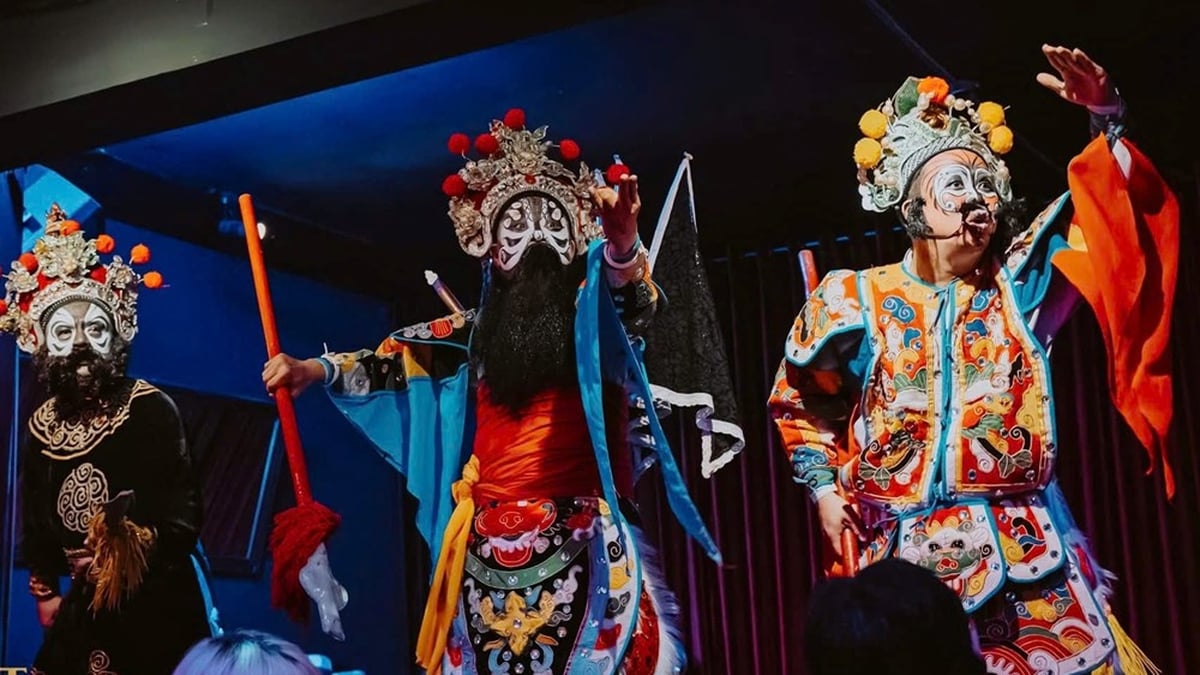
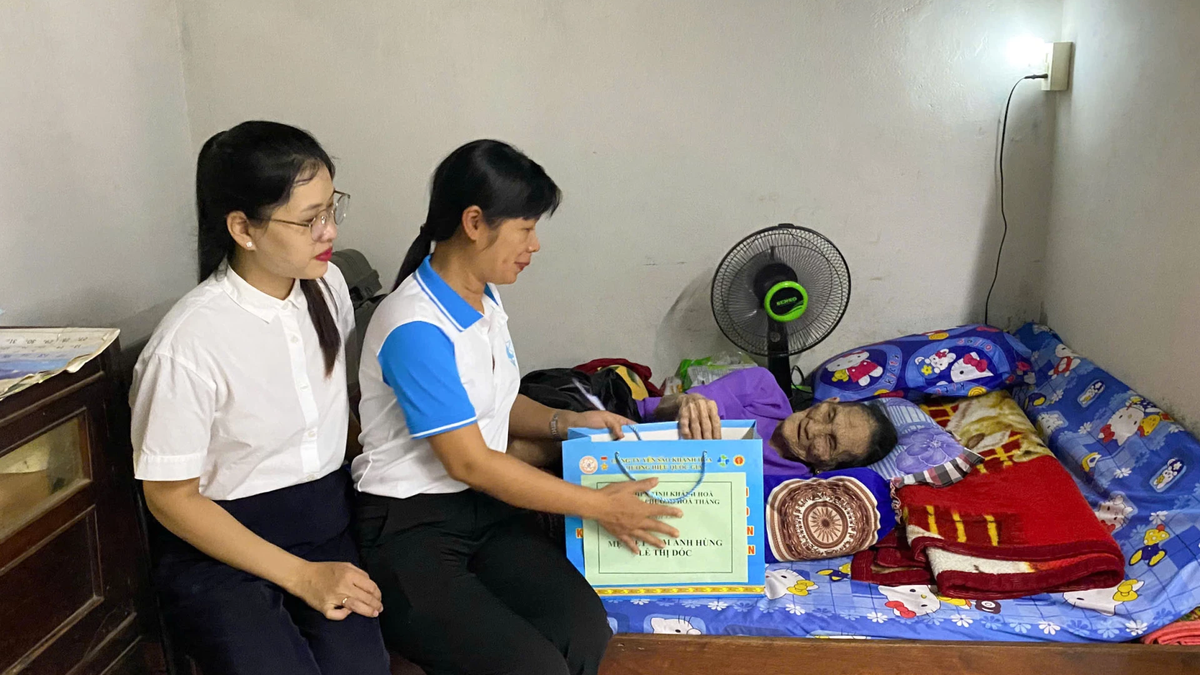

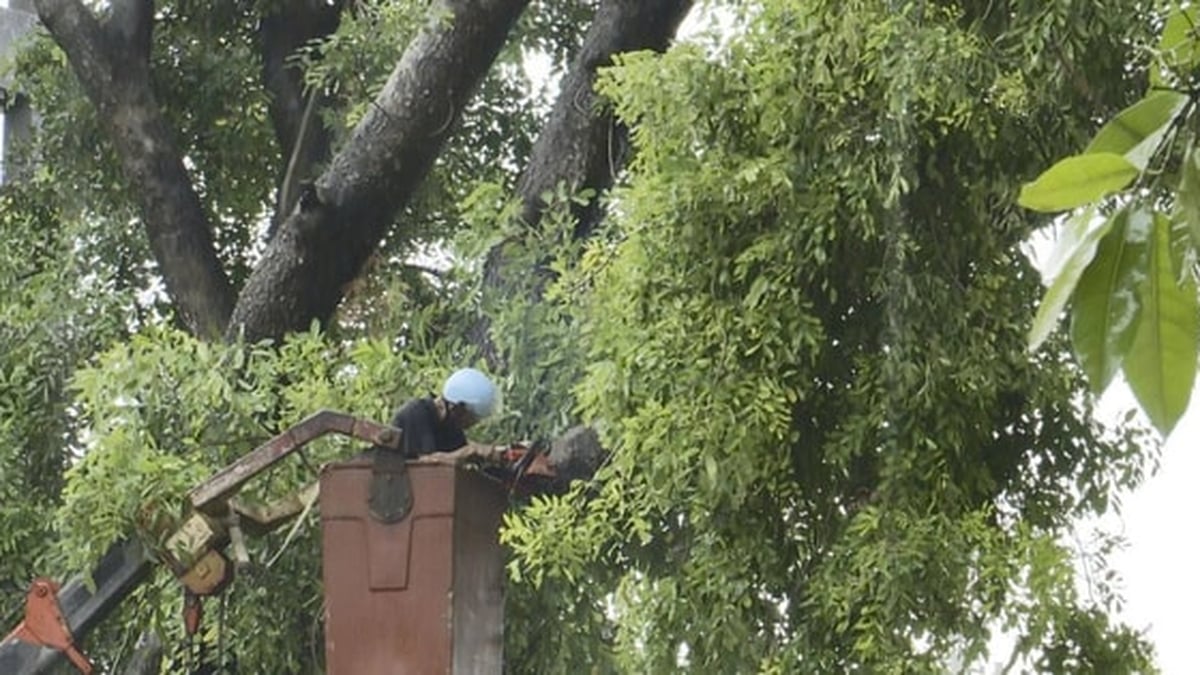















![[Photo] National Assembly Chairman Tran Thanh Man visits Vietnamese Heroic Mother Ta Thi Tran](https://vphoto.vietnam.vn/thumb/1200x675/vietnam/resource/IMAGE/2025/7/20/765c0bd057dd44ad83ab89fe0255b783)






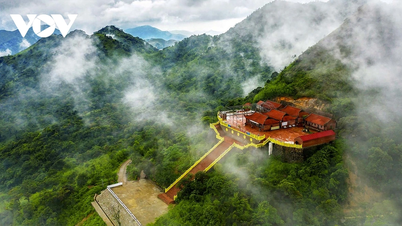



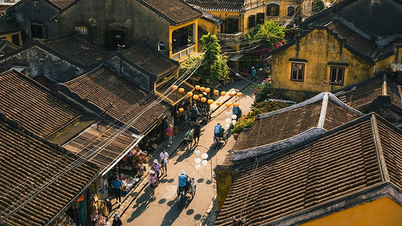



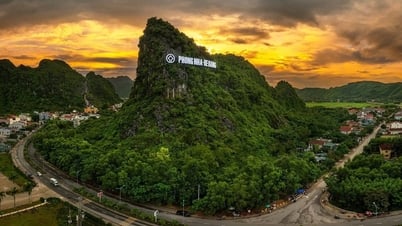




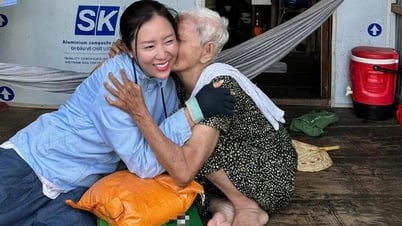




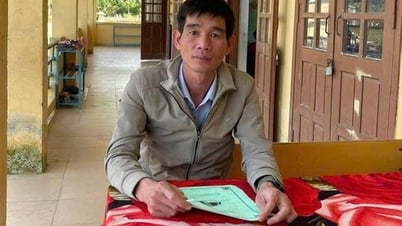






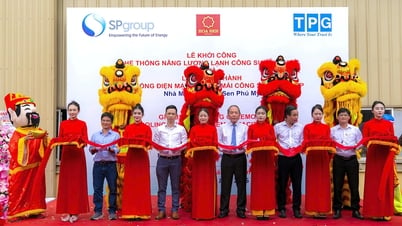



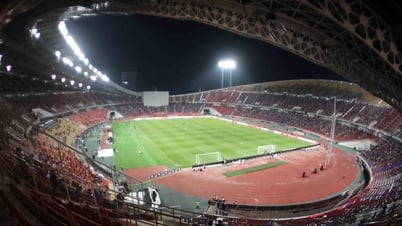

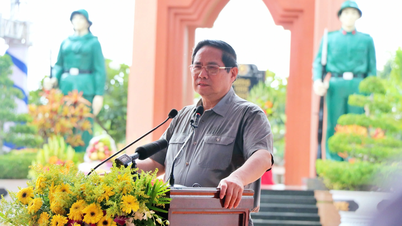
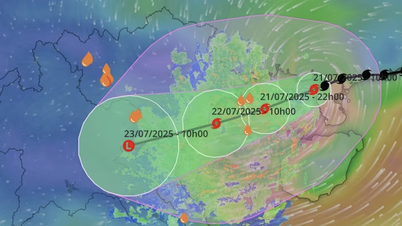

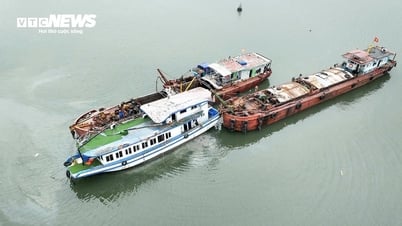


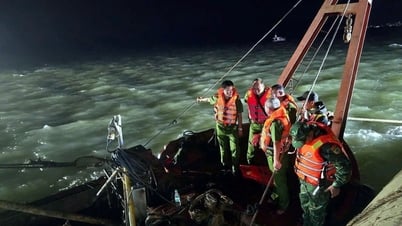




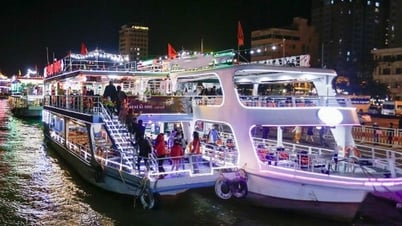

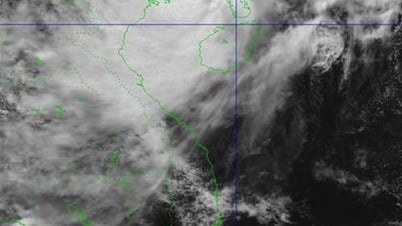




















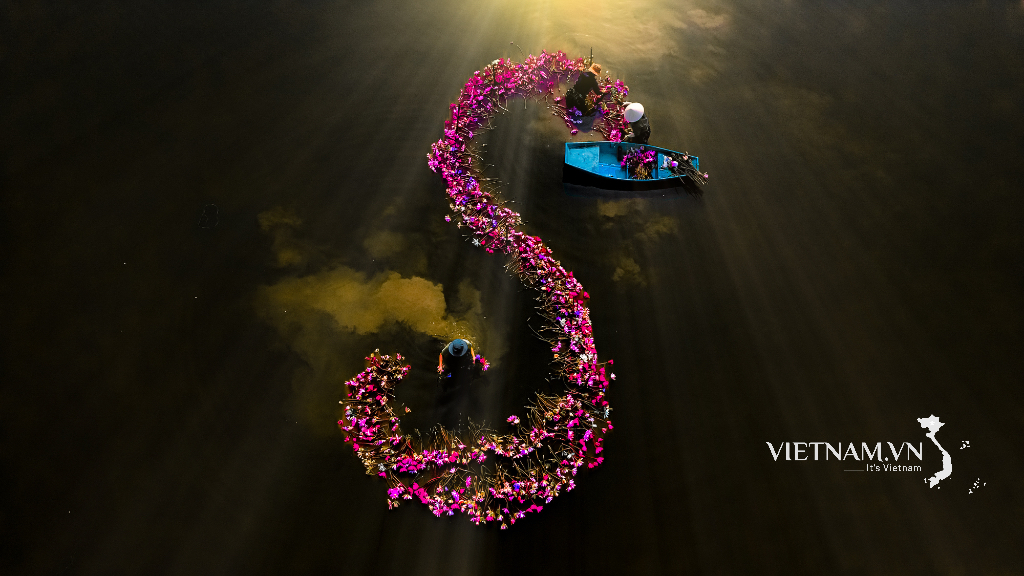

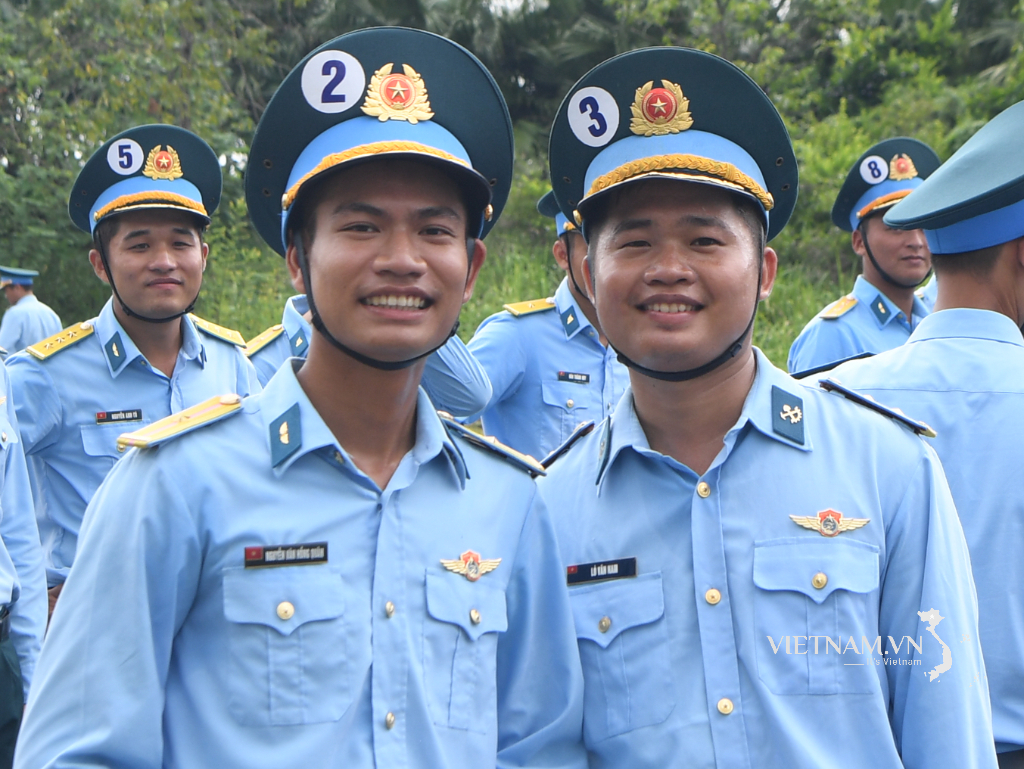
Comment (0)